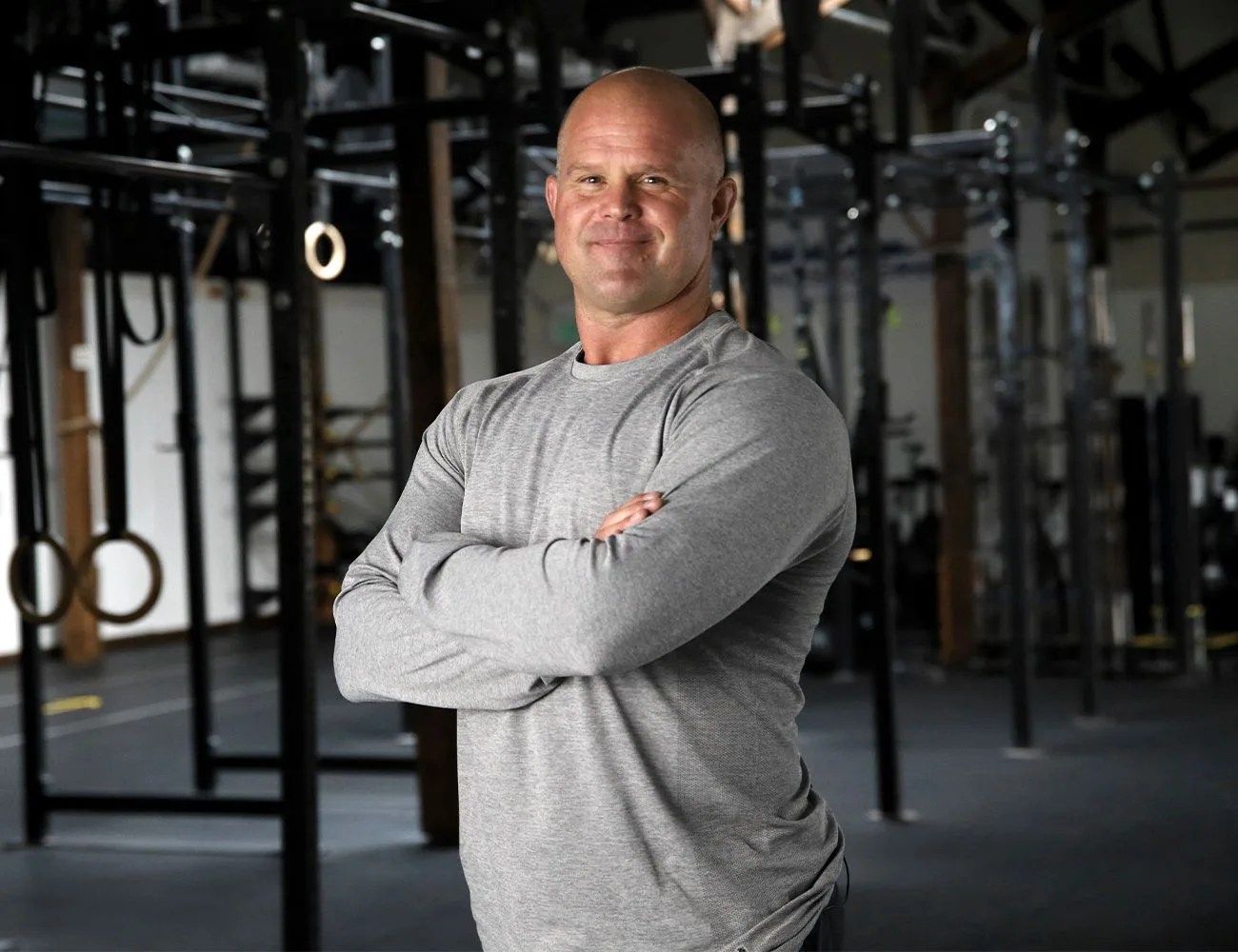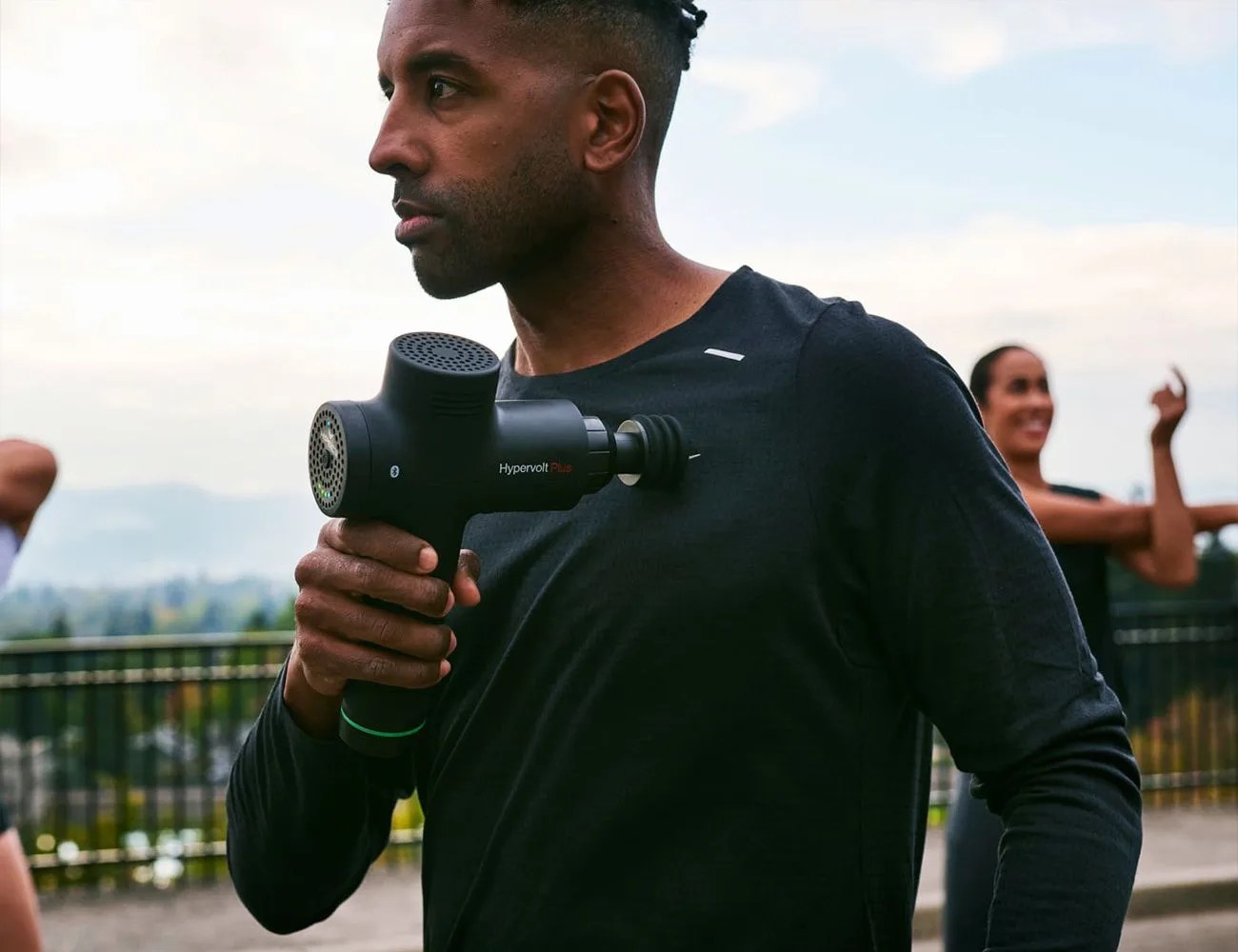So you got a new percussion massage gun as a holiday gift and have resolved to recover better in 2022? Congrats! By working out painful knots and reducing DOMS (delayed onset muscle soreness), massage guns can help you both warm up before workouts and bounce back faster after them.
But before you fire that thing up and pound your muscles into oblivion, know this: as intuitive as massage guns seem to be, there are still right and wrong ways to use them, and a little professional advice can go a long way toward helping you make the most of a recovery session. So we checked in with an expert.
Dr. Kelly Starrett is a bestselling author, physical therapist, Hyperice performance advisor and founder of The Ready State, a program that helps everyday athletes improve their mobility, agility and strength. And here in his own words are some top tips for massage gun mastery.
 Hyperice
Hyperice1. Listen to your body
One reason I believe in people using percussion on themselves is that they can get immediate feedback about if they are pushing too hard (or too lightly). Using percussion may feel uncomfortable, especially if you aren’t used to it. This is totally normal and OK. Any feelings of discomfort, tightness, or soreness should stop when the pressure is removed. You should always be able to take a full breath during usage on any part of your body. If you are using a pressure that makes you stop breathing, you are going too deep.
2. Stay in control
I like to have my athletes always be able to maintain control while using the percussion gun. By that I mean, I like them to use a pressure where they can still make a solid contraction with tissues under the percussion head. It’s kind of a quick truth test. Can I breath? Can I contract? Check! If percussion usage starts to feel less good on an area (you move from this is amazing to this feels not good), your brain is telling you that area has had enough.
3. Hit the not-so-sweet spots
We’ve had [massage guns] at our front desk for years. They’re a really great way to bring awareness to an area, reduce stiffness in a movement, or make something feel better prior to training. I’m not talking about a full body treatment session here. We trust people to quickly hit what they feel like they need some input on prior to training. Some of us have problem areas, old injuries, or areas that could use some quick massage and blood flow before we work out.
 Hyperice
Hyperice

